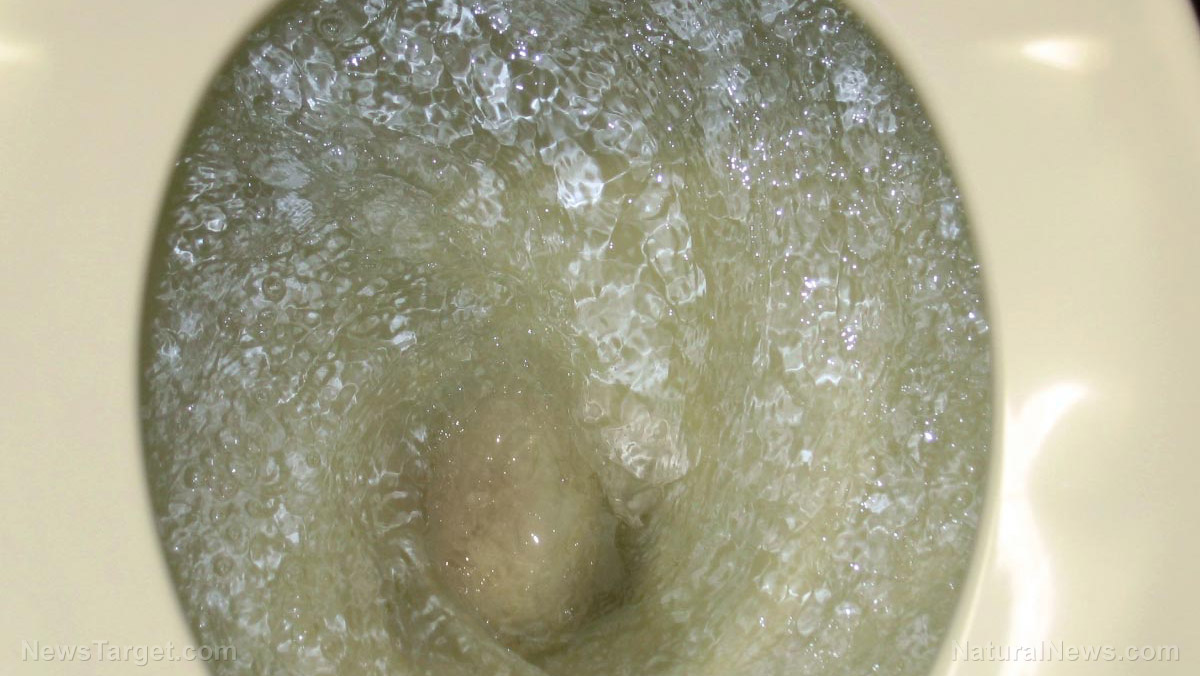
“We know that COVID-19 is spread through droplets from coughs and sneezes, or via objects or materials that carry infection,” stated lead author Richard Quilliam, a professor at Stirling. “However, it has recently been confirmed that the virus can also be found in human feces – up to 33 days after the patient has tested negative for the respiratory symptoms of COVID-19.”
“It is not yet known whether the virus can be transmitted via the fecal-oral route, however, we know that viral shedding from the digestive system can last longer than shedding from the respiratory tract,” he added.
Coronavirus survives in human feces
Scientists have observed that the coronavirus can be detected in human feces and sewage before. In Massachusetts, researchers from the Massachusetts Institute of Technology, Harvard University and Brigham and Women’s Hospital have used this to track the possible spread of the disease in the state.
That previous study, however, stated that the public was not at risk of catching the virus from wastewater. The Stirling study, on the other, hand warns that it could be a possible vector for the spread of the disease.
The researchers at Stirling noted that the structural makeup of the coronavirus suggests that it could be viable for up to 14 days in raw sewage. They also warned that the virus could return to the air, from wastewater, when the latter is processed at treatment plants.
“The transport of coronaviruses in water could increase the potential for the virus to become aerosolized, particularly during the pumping of wastewater through sewerage systems, at the wastewater treatment works, and during its discharge and the subsequent transport through the catchment drainage network,” the researchers write.
They continue stating that, while they still don’t fully understand the “atmospheric loading of coronavirus in water droplets from wastewater,” it could provide a more direct respiratory route for people to get infected, especially for those working in sewage pumping stations, treatment plants, and other facilities that process wastewater.
Virus transmission through the fecal-oral route
Aside from aerosolized virus particles from wastewater in sewage treatment facilities, the main vector for the coronavirus’ transmission from human waste would be through the fecal-oral route.
Research from China has already shown that the human gastrointestinal tract is a welcoming environment for the coronavirus. In addition, the study, originally published in the journal Gastroenterology, also established that the virus continues to infect the gastrointestinal tract long after it has been cleared from the lungs, supporting the findings from Stirling.
More study needed
In both the Stirling and Chinese studies, researchers noted that more research would be needed into the fecal-oral transmission of the coronavirus. The researchers involved in the former noted that not enough study had been done in this, as most research had focused on the transmission of the coronavirus through breathing.
“At a time when the world is so focused on the respiratory pathways of a respiratory virus, understanding the opportunities for SARS-CoV-2 to be spread by the fecal-oral route must not be neglected,” wrote the researchers in the Stirling study.
Based on their findings, the Stirling researchers have implored the government of the United Kingdom to invest more resources into understanding the risks posed by the virus’ presence in sewage and its transmission through feces.
“Understanding the risk of spread via the fecal-oral route, while still at a fairly early stage of the pandemic, will allow more evidence-based information about viral transmission to be shared with the public,” they added.
Learn more about the ongoing coronavirus outbreak at Pandemic.news.
Sources include:
GastroJournal.org [PDF]
Please contact us for more information.























